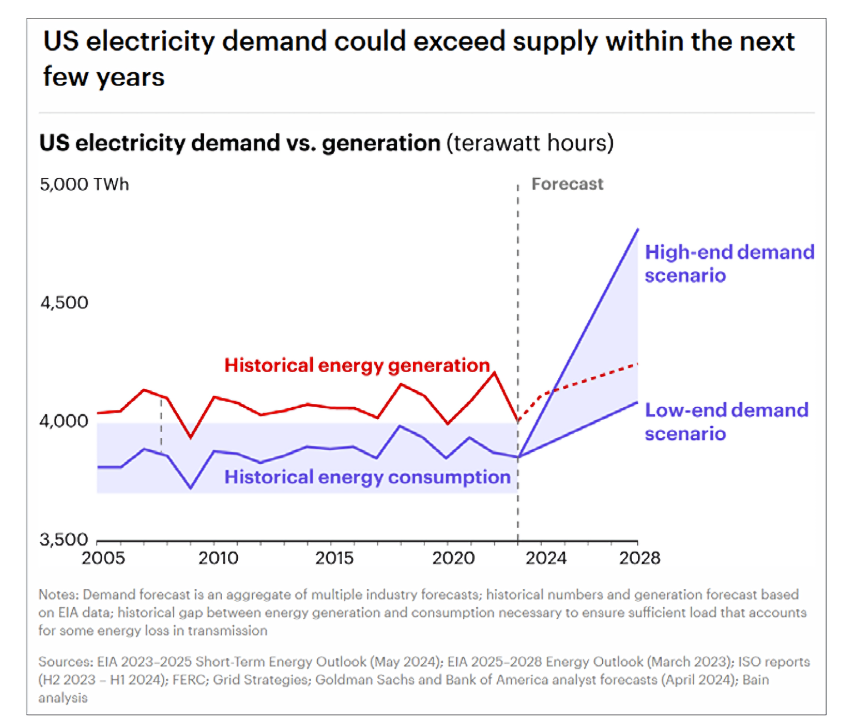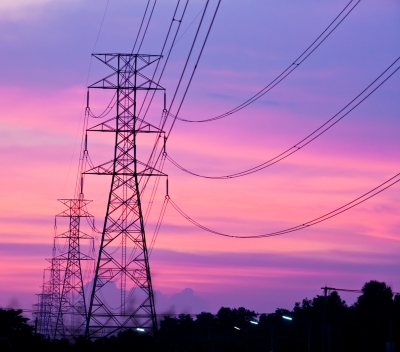
The Growing Electricity Appetite of AI
The rapid adoption of AI models, especially those based on deep learning and generative architectures, has dramatically increased data center workloads. Training a single large AI model can consume hundreds of megawatt-hours (MWh) of electricity. According to a 2023 report from the International Energy Agency (IEA), data centers accounted for around 1–1.5% of global electricity use in 2022. With rapidly growing AI workloads, if current trends continue, some analysts project that AI could account for up to 4% of total global power demand by 2030.
Many 3rd world countries are already dealing with energy shortfalls, usually through “rolling blackouts” this “solution” would be totally unacceptable to most Americans… so what can we do?”
The process of running AI models to actually produce results is called “inference”. And inference adds to AI’s already huge electricity demand. For instance, every AI-powered customer service chatbot interaction, autonomous vehicle decision, or recommendation engine calculation contributes to cumulative energy usage.
While some of this demand can be offset by efficiency gains in hardware and cooling, these improvements are being outpaced by the exponential growth in computational requirements. Additionally, the shift toward edge AI and 24/7 model availability increases the demand on power grids.
The Limitations of Current Energy Infrastructure
Many regions are already struggling with grid constraints, aging infrastructure, and challenges integrating intermittent renewable sources like solar and wind. Although renewables have expanded significantly, their variability, which depends on weather and time of day, makes them less reliable for serving constant, high-baseload demands such as those from data centers and AI compute clusters.
Natural gas and coal have traditionally filled this gap. But traditional electricity power stations, such as coal, nuclear, and natural gas plants, are not designed for rapid changes in output, making it difficult for them to respond quickly to fluctuations in electricity demand. These plants operate most efficiently at a steady, consistent output known as baseload generation. Ramping production up or down requires complex, time-consuming adjustments to boilers, turbines, and other systems, which can reduce efficiency, increase maintenance needs, and lead to higher emissions. This inherent inflexibility poses challenges for modern energy grids that must accommodate variable renewable sources like solar and wind.
Enhanced Geothermal Systems: A Scalable Baseload Solution
Enhanced Geothermal Systems (EGS) offer a compelling solution. Unlike conventional geothermal, which relies on naturally occurring underground heat reservoirs with water and permeability, EGS involves engineering subsurface conditions to create geothermal reservoirs in areas without natural hydrothermal resources.
EGS works by drilling deep into hot rock formations, typically 3 to 10 kilometers below the surface. Water is injected into the rock, creating fractures that allow the water to circulate and absorb heat. The heated water is then pumped back to the surface, where it drives turbines to generate electricity. After cooling, the water is reinjected, forming a closed-loop system.
The advantages of EGS are substantial:
-
Baseload Capacity: EGS can provide continuous, 24/7 power output, making it ideal for AI infrastructure that requires a consistent energy supply.
-
Geographic Flexibility: Because EGS doesn’t require natural reservoirs, it can be developed in many regions previously unsuitable for geothermal power.
-
Low Carbon Emissions: Once operational, EGS plants emit negligible greenhouse gases, aligning with decarbonization goals.
-
Small Land Footprint: Compared to solar or wind farms, EGS facilities require significantly less land per megawatt of output.
Current Developments and Challenges
Several companies are advancing EGS technology, including Fervo Energy, Quaise Energy, AltaRock Energy, and even mega oil and gas drilling corporations like SLB (formerly Schlumberger).
However, there are still challenges to overcome. Drilling at high temperatures and pressures requires durable, cost-effective equipment. Creating and maintaining stable subsurface fractures can be technically complex and has raised seismic safety concerns in some regions. Additionally, up-front capital costs and longer development timelines can deter investment compared to quicker-to-deploy renewables like solar.
That said, recent advances in drilling technology—borrowed from the oil and gas sector—and increased public and private sector interest in firm, clean power are rapidly accelerating EGS development. The U.S. Department of Energy has set a goal to reduce EGS costs by 90% by 2035 under its Enhanced Geothermal Shot initiative.
Bridging AI and Energy Futures
As the digital economy becomes increasingly AI-driven, energy systems must evolve in order to meet the growing demand. Enhanced Geothermal Systems offer a uniquely aligned solution—capable of delivering high-capacity, low-carbon, around-the-clock power in a geographically flexible manner. With proper investment, regulation, and public support, enhanced geothermal could become a cornerstone of a resilient, sustainable power grid fit for the age of intelligent machines.
Image generated by Microsoft AI.


